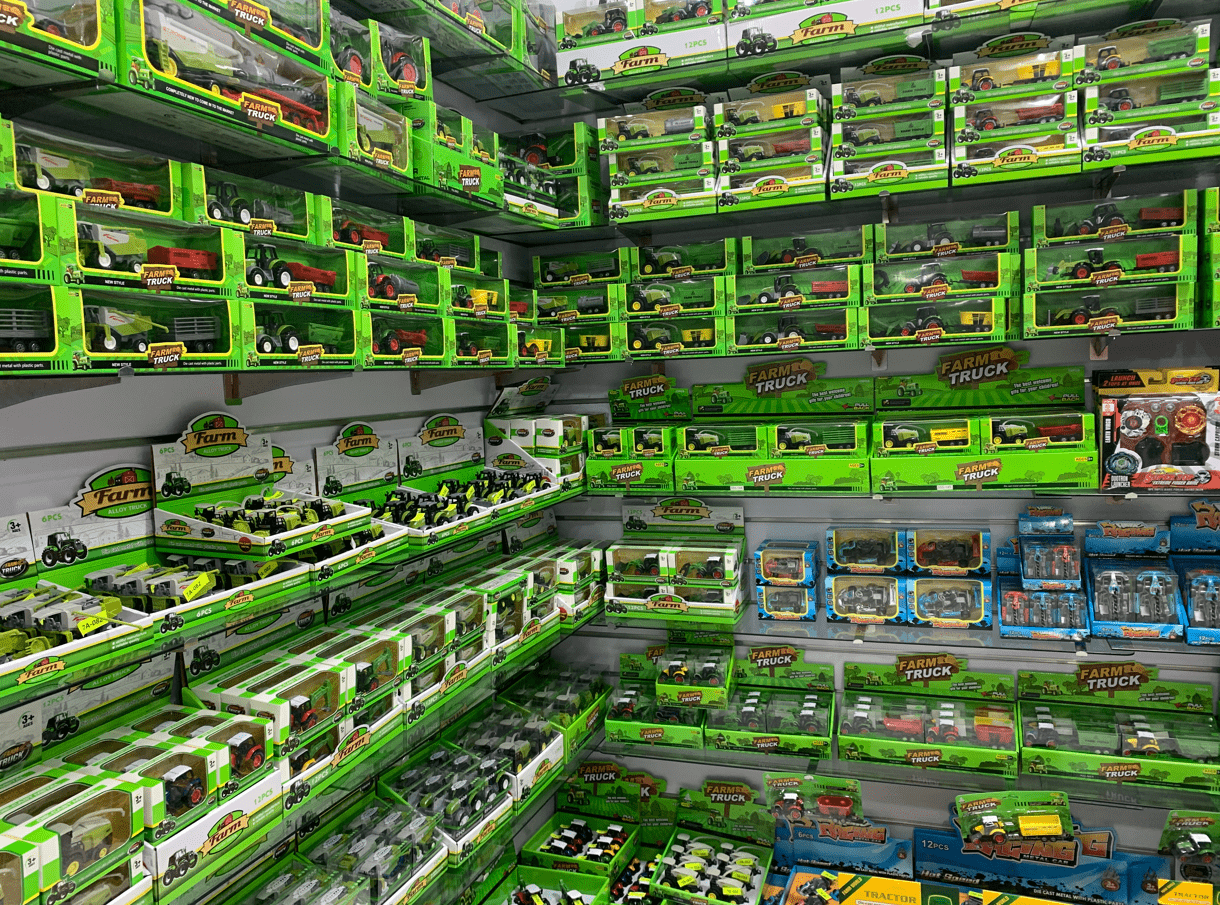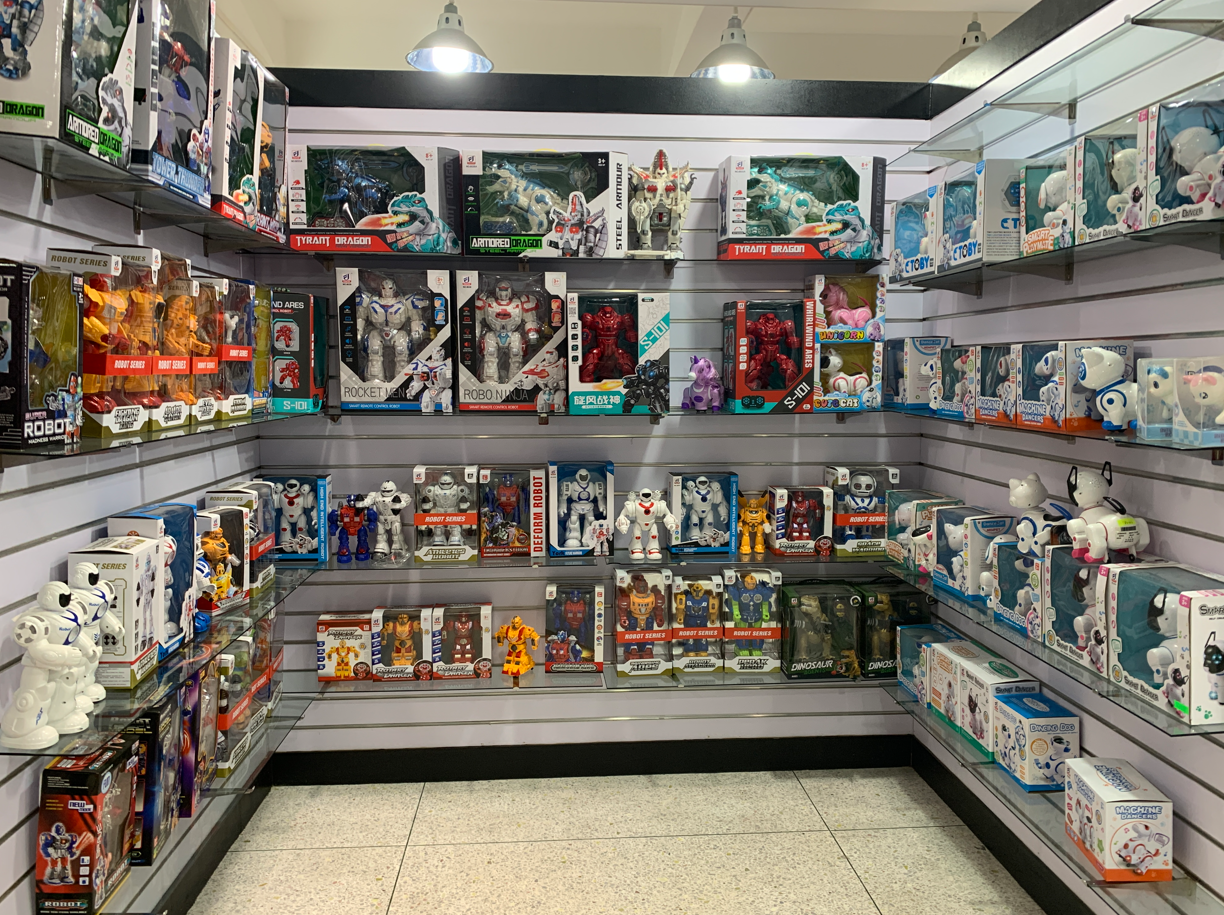Login
Join Free
Traditional Toys vs. Electronic Toys: A Comprehensive Comparison
The world of toys is vast and ever-evolving, offering a wide range of options for children and parents alike. Among the many choices, traditional toys and electronic toys stand out as two distinct categories, each with its unique benefits and appeal. As technology continues to advance, the debate between traditional and electronic toys has become increasingly relevant. Which type of toy is better for children’s development? How do they impact playtime, creativity, and learning? In this blog, we will explore the differences between traditional toys and electronic toys, examining their advantages, disadvantages, and the roles they play in a child's growth.
What Are Traditional Toys?
Traditional toys refer to those classic, non-electronic playthings that have been around for generations. These toys rely on physical interaction and often require the use of imagination, creativity, and social skills. Examples of traditional toys include:
- Building blocks like LEGO
- Dolls and action figures
- Puzzles and board games
- Balls and sports equipment
- Toy cars and trains
- Stuffed animals and plush toys
Traditional toys are typically made from materials such as wood, plastic, fabric, or metal and do not require batteries or electrical components to function.

Traditional Toys from ZHORYA
What Are Electronic Toys?
Electronic toys, on the other hand, are products that incorporate modern technology to enhance the play experience. These toys often feature lights, sounds, motion, and interactivity through the use of batteries, microchips, or other electronic components. Examples of electronic toys include:
- Remote-controlled cars and drones
- Educational tablets and learning devices
- Interactive robots and smart toys
- Video game consoles and handheld gaming devices
- Electronic musical instruments and karaoke machines
Electronic toys are designed to engage children through sensory stimulation, interactive features, and sometimes even artificial intelligence.

Smart Electronic Toys from ZHORYA
The Appeal of Traditional Toys
1. Encouraging Imagination and Creativity
One of the biggest advantages of traditional toys is their ability to spark imagination and creativity. Since these toys do not come with pre-programmed functions or features, children are free to invent their own stories, scenarios, and games. For example, a simple set of building blocks can be transformed into anything from a towering castle to a bustling city, depending on the child’s imagination.
2. Promoting Social Interaction
Traditional toys often encourage group play and social interaction. Board games, card games, and puzzles require multiple players, fostering communication, cooperation, and teamwork. Even solo play with dolls or action figures can involve imaginary dialogues and scenarios that mimic real-life social situations.
3. Developing Fine Motor Skills
Many traditional toys require physical manipulation, helping children develop fine motor skills and hand-eye coordination. Activities like stacking blocks, fitting puzzle pieces, or rolling a ball not only entertain but also contribute to physical development.
4. Durability and Longevity
Traditional toys are often built to last, with sturdy materials that can withstand rough play. Unlike electronic toys that may stop working if a battery dies or a component malfunctions, traditional toys tend to have a longer lifespan and can be passed down from generation to generation.
The Appeal of Electronic Toys
1. Interactive Learning and Education
Electronic toys are increasingly being used as educational tools, offering interactive learning experiences that can make education fun and engaging. For instance, electronic tablets designed for children come with pre-loaded apps that teach reading, math, and problem-solving skills. Toys like coding robots introduce kids to the basics of programming in an interactive way, helping them develop valuable tech skills from a young age.
2. Sensory Stimulation
With flashing lights, sounds, and motion, electronic toys provide sensory stimulation that can captivate children’s attention. These toys are particularly beneficial for young children who are still developing their senses and need engaging activities to keep them entertained.
3. Realism and Enhanced Play Experiences
Electronic toys can replicate real-life experiences more closely than traditional toys. For example, a remote-controlled car can mimic the driving experience, and a robot pet can respond to touch and voice commands, providing a more immersive and realistic play experience. This can be particularly appealing to children who enjoy technology and want toys that reflect the real world.
4. Customization and Adaptability
Many electronic toys offer customization options, allowing children to personalize their play experience. For example, video games and apps often have settings that can be adjusted to match the child’s skill level, providing a tailored experience that grows with the child. Some electronic toys also adapt to the user’s preferences and behaviors, making playtime more dynamic and engaging.
Drawbacks of Traditional Toys
1. Limited Interactivity
While traditional toys encourage imagination, they may lack the interactive elements that electronic toys offer. For some children, traditional toys can become less engaging over time, as they may require more effort and creativity to keep playtime exciting.
2. Physical Space Requirements
Traditional toys, especially larger ones like building sets, sports equipment, or board games, often require physical space for storage and play. This can be a drawback for families with limited space or those who prefer more compact entertainment options.
3. Lack of Technological Integration
As the world becomes increasingly digital, traditional toys may not keep up with children’s growing interest in technology. Children who are accustomed to screens and electronic devices may find traditional toys less appealing, leading to reduced engagement.
Drawbacks of Electronic Toys
1. Dependency on Technology
One of the main criticisms of electronic toys is their reliance on technology. Children may become overly dependent on electronic devices for entertainment, leading to reduced imagination and creativity. Additionally, excessive screen time can have negative effects on a child’s development, including sleep disturbances, reduced physical activity, and decreased attention span.
2. Higher Cost and Maintenance
Electronic toys tend to be more expensive than traditional toys due to their advanced features and technology. Moreover, these toys often require batteries, chargers, or software updates, which can add to the overall cost. Electronic toys are also more prone to breaking or malfunctioning, leading to potential repair or replacement expenses.
3. Shorter Lifespan
Unlike traditional toys that can last for years, electronic toys may have a shorter lifespan due to technological obsolescence. As new and more advanced models are released, older electronic toys may lose their appeal or functionality, leading to a cycle of constant upgrading.
Finding a Balance: Combining Traditional and Electronic Toys
While both traditional and electronic toys have their own sets of advantages and disadvantages, the key to a well-rounded play experience lies in finding a balance between the two. By offering children a mix of both types of toys, parents can ensure that their kids benefit from the imaginative play encouraged by traditional toys and the educational opportunities provided by electronic toys.
For example, a child can spend time building with traditional LEGO bricks and then use an electronic tablet to learn coding basics by programming a LEGO robot. Similarly, a traditional puzzle can be paired with an electronic learning game that reinforces similar concepts.
Conclusion
The debate between traditional toys and electronic toys is not about which is better but rather how each can contribute to a child’s overall development. Traditional toys offer timeless, imaginative play that fosters creativity, social interaction, and physical skills. On the other hand, electronic toys provide interactive learning, sensory stimulation, and technological engagement that reflect the digital age.
By understanding the strengths and limitations of both types of toys, parents and educators can make informed decisions that best support a child’s growth and development. Ultimately, a well-balanced combination of traditional and electronic toys can provide children with a rich and diverse play experience that prepares them for the future while preserving the joys of classic play.
For businesses looking for electronic toy manufacturer, visit www.zhorya.com.

 Русский язык
Русский язык 中文
中文